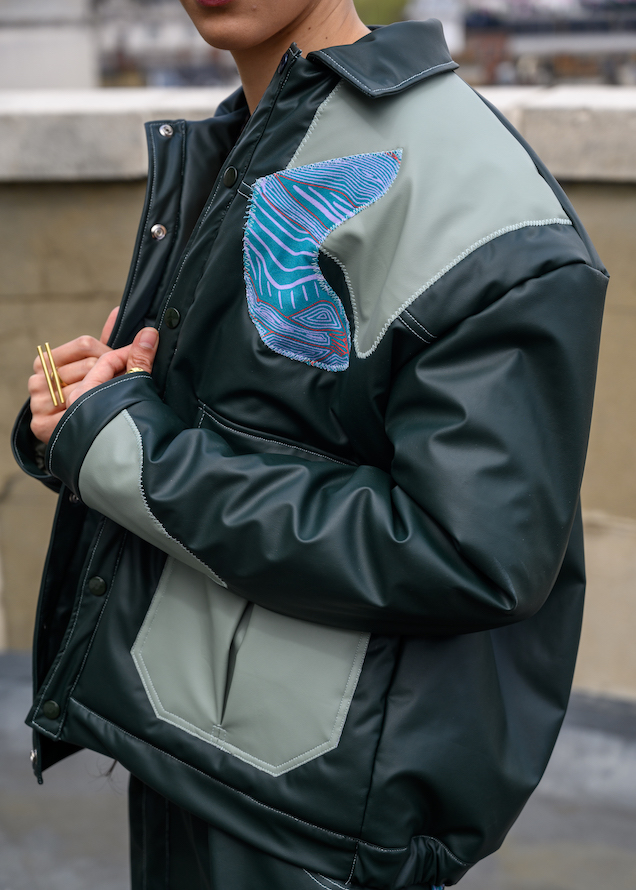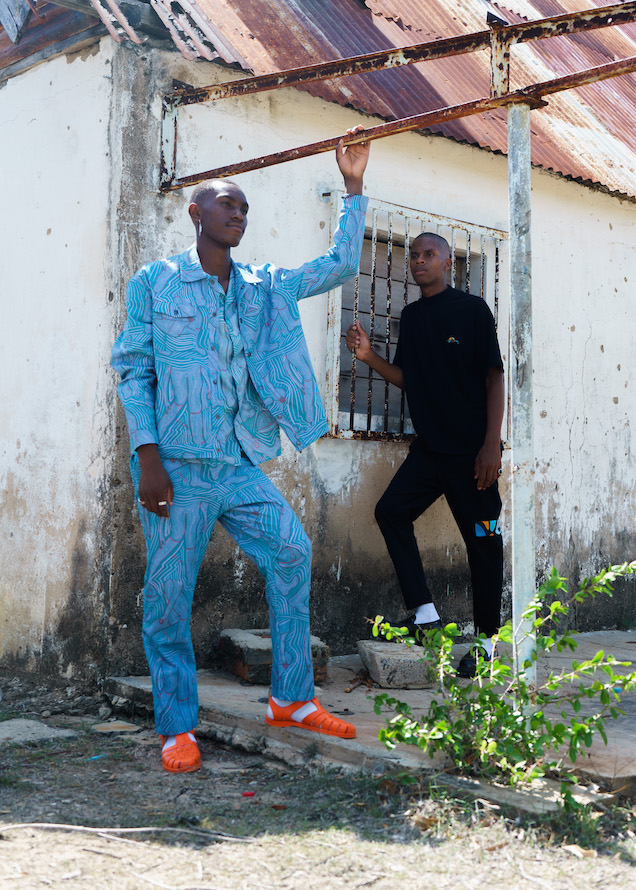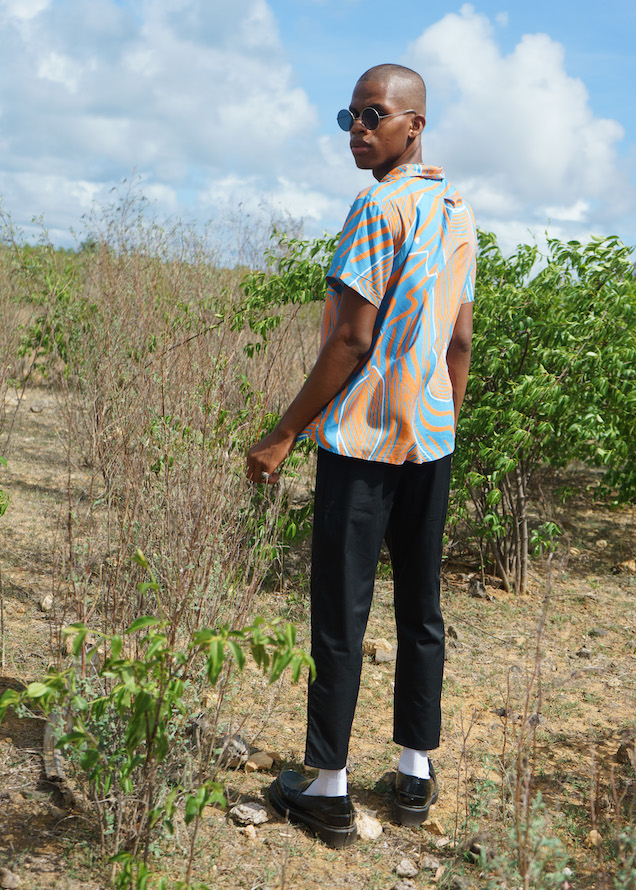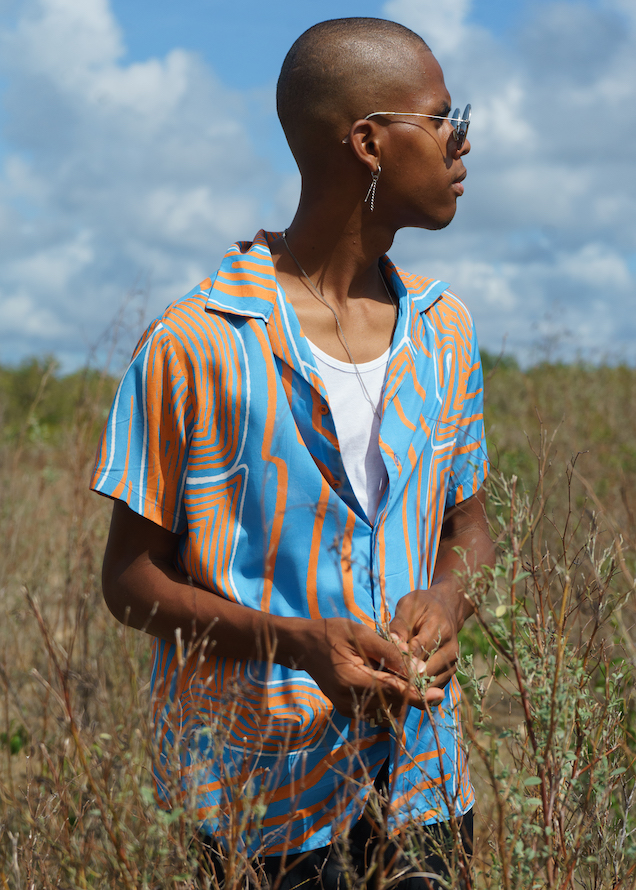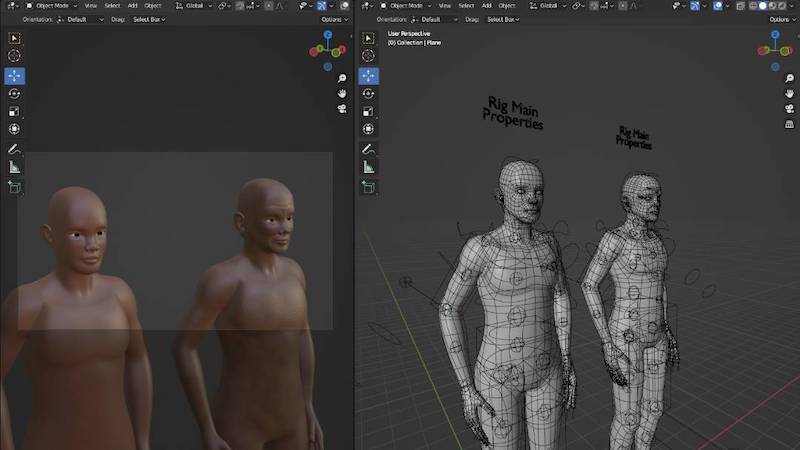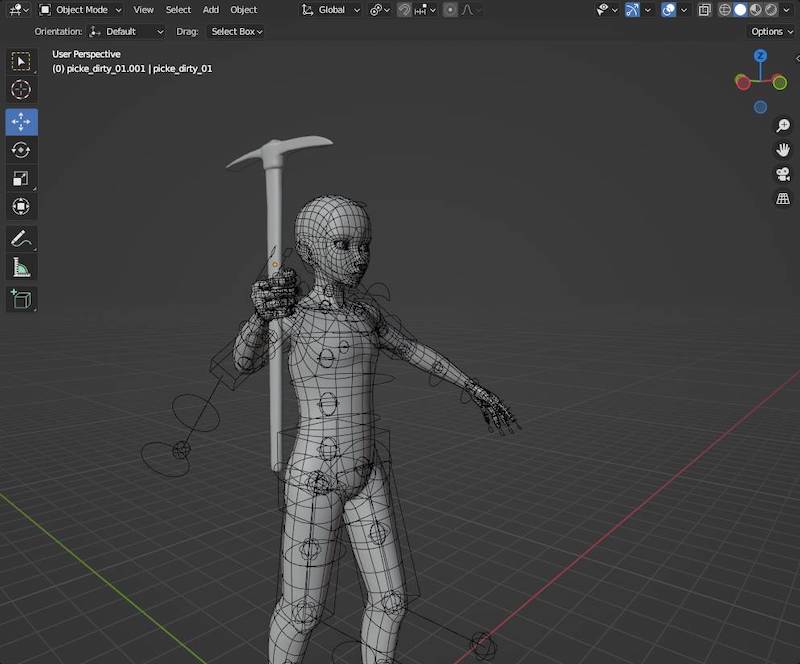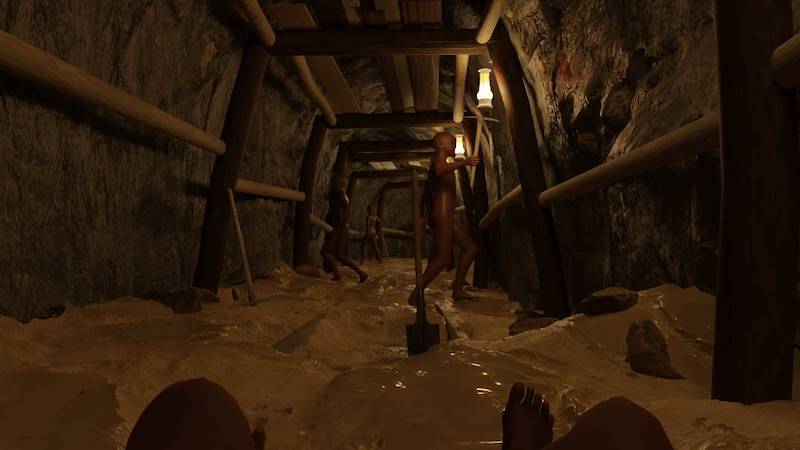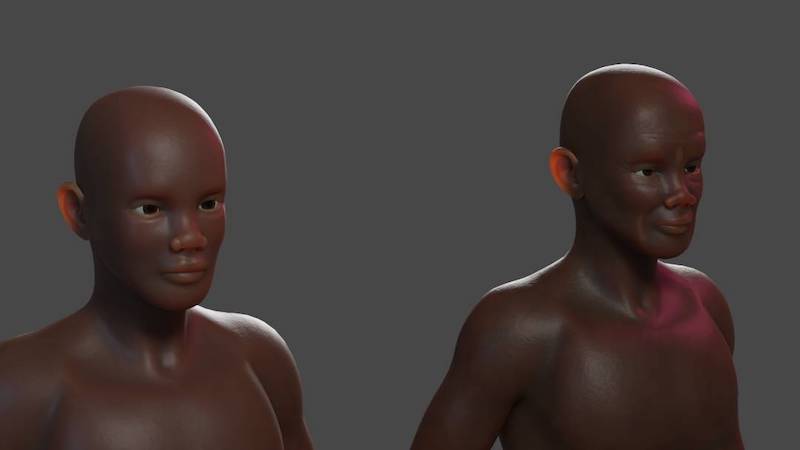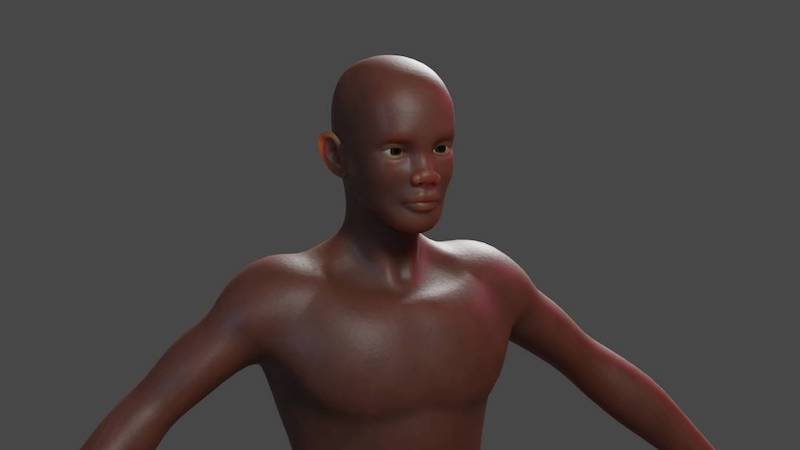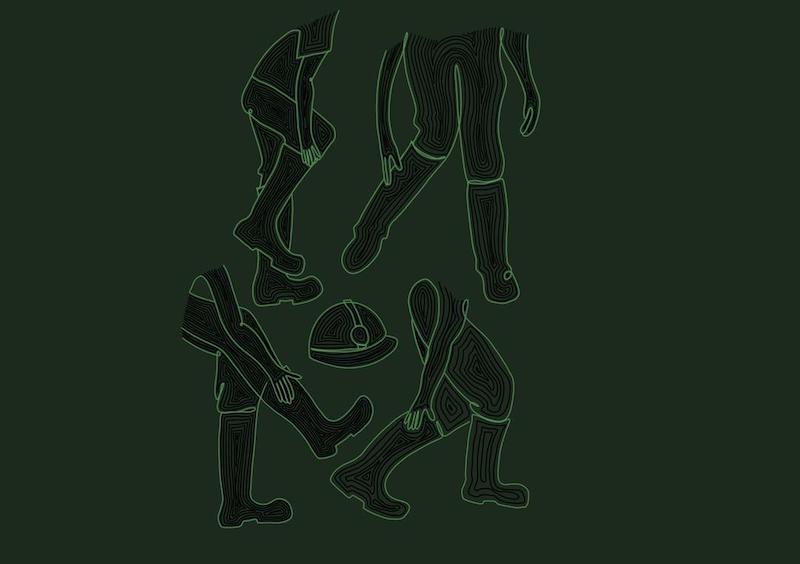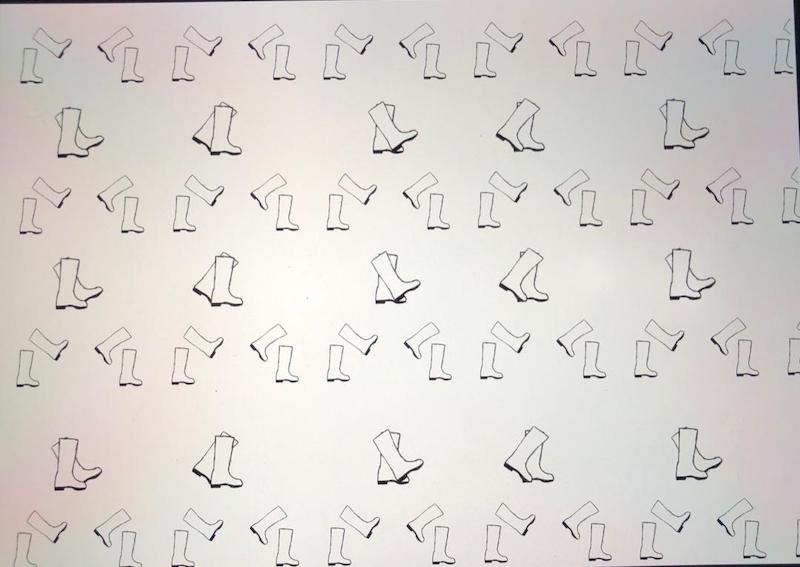LOOKBOOK
Stories We Cherish Gumboot Print, Collection 06, 2022
THE PRINT
Our print was inspired by the vibrant and energetic Gumboot style of dancing.
Growing up in Zimbabwe, there was a shared culture with South Africa, encompassing food, film, dance and music. As a child, I was drawn to the Gumboot dance purely for its fun and energetic nature, without really delving into its deeper meaning. But as an adult, I have come to appreciate how our dance styles can reflect both our spirituality and the societal challenges we face.
The Gumboot dance originated in South Africa during the Gold Rush of the 1800s, when miners from various tribes, such as Zulu, Yaw, Ndebele, Shona and Tswana, migrated to Johannesburg in search of work. However, these miners were treated unfairly and were not allowed to speak while working in the harsh and wet mine conditions. In protest, they created the Gumboot dance, fusing elements of their different tribal dances to symbolise solidarity and resistance against the mine owners.
Interestingly, the Gumboot dance was born out of a practical need for communication. The miners were forced to wear cheap Wellington boots in the mines, and they used the rhythmic stomping of their boots to communicate without speaking. The dance became a way to express their frustration and connect in a meaningful way.
The Gumboot dance is not just a form of entertainment, but a powerful expression of resistance and resilience in the face of adversity.
THE Creative Process.
I remember in 2021 I was going for my daily run and there was a circus in the middle of the park, I decided to take a detour from running and go to see the show. I hadn’t been to the circus for a long time. Whilst I sat in the audience watching the circus, I was unexpectedly transported back to my childhood memories of gumboot dancing. It was like reliving some of the performances I used to do when I was part of the Chipawo group in Zimbabwe. I was struck by the realisation that every dance has a story to tell, and a meaning to convey.
From that moment on, I became obsessed with learning more about the traditional dances of different African cultures. I discovered they were all deeply rooted in spirituality and resistance against oppression. The more I delved into the history and culture of different African communities, the more I appreciated the beauty and significance of their dances. This led me to develop the print.
The illustrator who helped with this print was Ben, a Zimbabwean self-taught illustrator and animator. We had to work closely to achieve the final version of the print.


